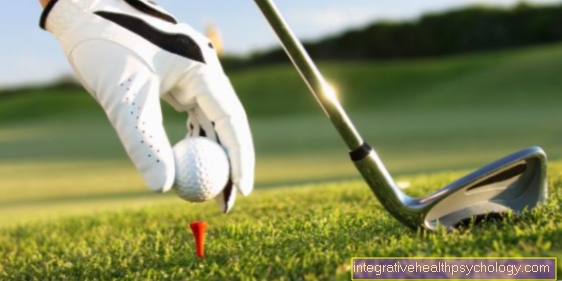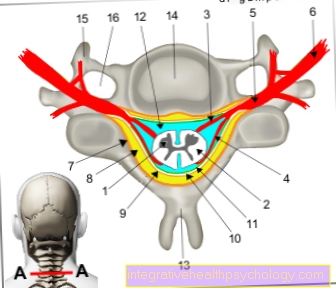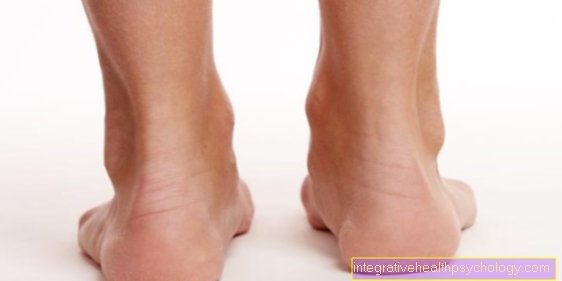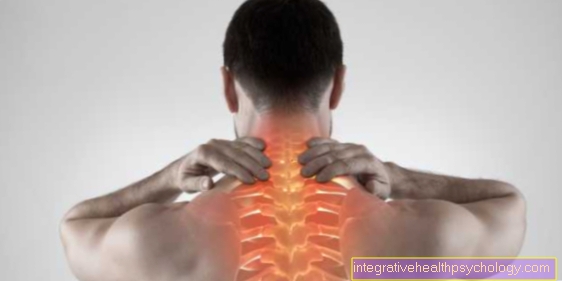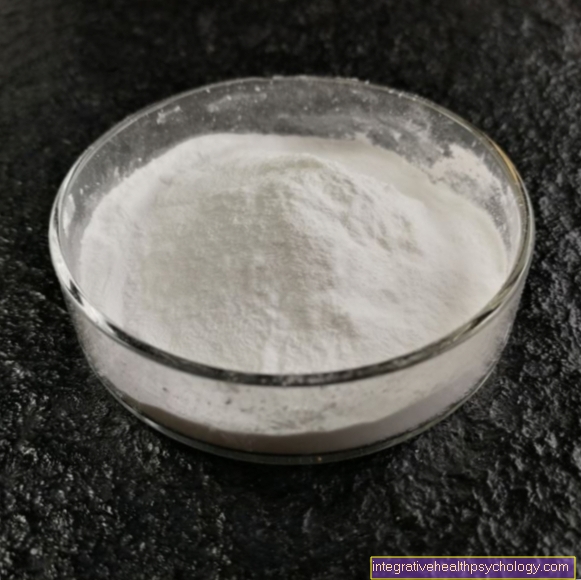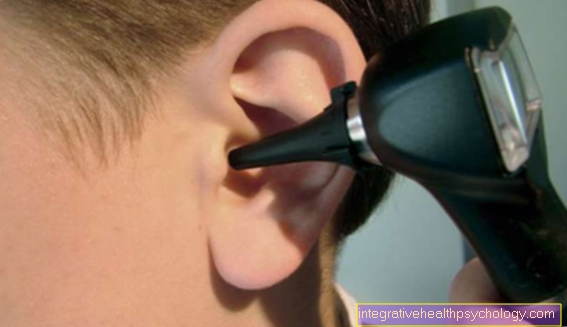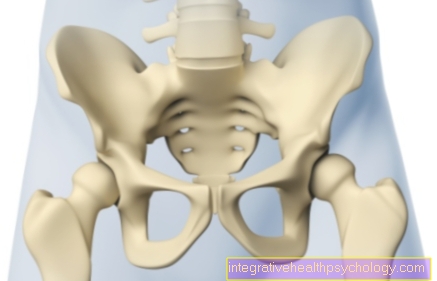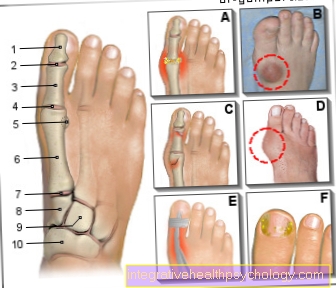Physical laws in swimming
definition
With the laws of physics, attempts are made to further improve and optimize the individual swimming styles. These include static buoyancy, hydrodynamic buoyancy and the various ways of moving in water. It makes use of biomechanical principles and physics.

static buoyancy
Almost everyone manages to float on the water surface without a buoyancy aid. This apparent weight loss is due to the static buoyancy.
For example, if a body submerges in water, it displaces a certain amount of water. A buoyancy force (static buoyancy) acts on this body.
- The static buoyancy corresponds to the weight that the body displaces in terms of water mass
- The static buoyancy is opposite to the weight force. (upwards)
E.g. in the water it is possible to have a crouched swimmer easily lifted by a significantly weaker person. If you lift a part of the body out of the water, the static buoyancy decreases and the lifting becomes more difficult.
Deep inhalation increases the lung volume and thus the entire body volume and the static buoyancy is increased.
For example, a floating swimmer exhales and sinks to the bottom.
The specific weight (density of the body) is decisive for the buoyancy of the body in water. The greater the density of the body, the more the body sinks in the water. Athletes with heavy bones and many muscles have a greater density and sink significantly more, and thus have disadvantages when swimming. Compared to men, women have more subcutaneous fatty tissue and thus have greater static buoyancy and a better position in the water.
static buoyancy and water position
The location in the water is crucial for long and fast swimming. 2 physical points of attack are important for the correct water situation. On the one hand, the body's center of gravity (KSP) and the volume center (VMP). The human KSP is located approximately at the height of the navel and is the point of application for the downward weight force. The VMP is the point of application for the static buoyancy and due to the voluminous chest it is approximately at chest height. In the water, the KSP and VMP shift over one another. Example. A cuboid (half styrofoam, half iron) is not lying on the surface of the water, but the metal half sinks, and the cuboid is vertical, with the styrofoam side up.
Similar to the cuboid, this principle works with the human body. KSP and VMP approach each other and as a result the legs sink and the body is increasingly vertical in the water.
Important! Legs hanging too deep in the water do not generate any propulsion and increase the water resistance, i.e. legs to the surface.
In order to avoid the lowering of the legs, it is advisable to work with diaphragm / abdominal breathing instead of chest breathing when swimming, so that the VMP is held as close as possible to the KSP, and on the other hand to keep your head in the water and stretch your arms far forward. This results in a shift of the KSP head towards the VMP.
Laws for bodies sliding in water
A body moving in water creates various complicated effects that must be explained in order to understand swimming.
Forces arising in the water are divided into braking and driving.
The total resistance that the human body counteracts in water is composed of three forms:
The frictional resistance arises from the fact that individual water particles are drawn along a certain distance on the swimmer's skin (Boundary layer flow). This so-called static friction decreases with increasing distance from the swimmer. This frictional resistance is dependent on the surface structure, which is why in recent years people have increasingly used low-friction swimsuits in swimming.
The most important resistance for swimming is form resistance. Here, water particles are moved against the direction of movement / swimming and have a braking effect on the swimmer. The shape resistance depends on the body shape and the water turbulence in the wake. See body shapes and flow.
The last resistance when swimming is a so-called wave resistance. Simply stated, this means that by swimming and gliding, water must be lifted against gravity. Waves arise. This resistance depends on the depth of the water, which more and more swimmers are taking advantage of and doing the sliding phases in much deeper water.
Hydrodynamic lift
The hydrodynamic lift can be clearly seen from the wing of an aircraft. The nature of the wing of an aircraft is designed so that the air flowing around it covers distances of different lengths on the sides of the wing. Since the air particles come together again behind the wing, the flow around the wing has to be at different speeds. Namely: faster at the top and slower at the bottom. This creates dynamic pressure below the wing and suction pressure above the wing. So episode takes off the plane.
The same thing happens to the swimmer in the water, but not so perfectly.
This lift is illustrated by the following example. If you lie flat in water, your legs sink relatively quickly.However, if you are constantly pulled through water by a partner, the hydrodynamic buoyancy causes your legs to be kept on the surface of the water.
The direction of action in swimming is divided as follows:
resistance: Against the swimming direction
Hydrodynamic lift: Perpendicular to the swimming direction
Drive: In swimming direction
Body shapes and flow
Not the frontal area of a body, as previously assumed, but the ratio of frontal area to body length plays the most important role in the resistance in water.
This can be illustrated by the following example.
If you pull a plate and a cylinder with the same face through water, the water resistance in front of the body is the same, but the turbulence in the wake is considerably different.
The term forehead resistance is therefore not entirely correct, as the turbulence in the wake slows the body more strongly.
According to the latest findings, the spindle-shaped structures of the penguins have the least turbulence in the wake. Fish with these body shapes are among the fastest swimmers.
An example of backflow:
A person walking through the water pulls a partner crouched on the surface of the water behind him due to the resulting suction effect.
Propulsion in the water
Propulsion in the water can get through Shape change of the body (fin movement in fish) or by Constructions generating propulsion (Propeller). In both methods, water is set in motion and thus acts back on the floating body. The reciprocal reaction is called an abutment.
The three principles for locomotion in water are explained in more detail below.
1. Pressure paddle principle:
E.g. Duck feet: Here the ducks' feet are moved perpendicular to the direction of movement (backwards). On the back there is a negative pressure (dead water), which slows down the floating body. A lot of energy is required and the propulsion is low.
2. Reflective principle:
E.g. Octopus: The squid collects water in its body and expels it through a narrow channel. This creates a drive on the body
3. Undulation principle:
E.g. dolphin: Behind every body, rotating masses of water occur in the wake. In most cases, however, these rotating water masses are disordered and have a braking effect. With dolphins, the water masses are ordered by a body wave and can therefore be useful for propulsion. These ordered masses of water are called vortex. In swimming, however, it is very difficult to set the water masses in an orderly rotation by moving the body. In the performance range, however, it enables very high swimming speeds.
Drive concepts
Conventional drive concept:
With the conventional drive concept, the body parts used to drive are moved in a straight line and in the opposite direction to the swimming direction (actio = reactio). Large water masses are moved with increasing speed but with little propulsion (paddle steamers).
Classic drive concept:
Propulsion by means of hydrodynamic buoyancy (compared to a ship's propeller).
However, this drive concept is controversial because the propeller always receives water from the same side and the palms do not when swimming. In addition, this drive only works after a certain running length, but the arm pull when swimming is only 0.6-0.8 m.
Vortex drive concept: (currently used model)
The rotating masses of water in the wake of the feet and hands have become more and more important as an abutment producer in recent years.
A vortex is created when masses of water move from the stagnation to the suction area. An attempt is made to accommodate a lot of water in a small space, compared to rolling up a carpet. The vortex appears behind the feet as a roller shape, and behind the hands as a braid shape.
Further information
Here you can find more information about swimming:
- swim
- Dolphin swimming
- Freestyle swimming
- Backstroke
- Breaststroke
All topics that have been published in the field of sports medicine can be found under: Sports medicine A-Z






